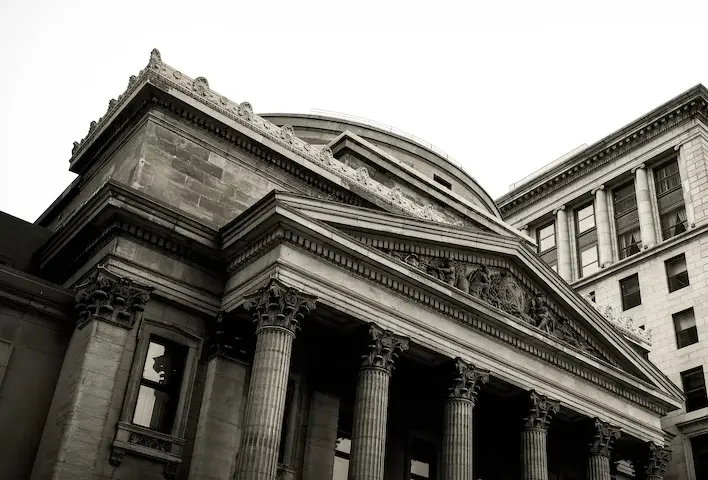One banking analyst interviewed by CNBC says the US banking crisis is not over yet, and the weakness in the US financial sector may be far more profound than either the bankers or the policymakers are revealing. His warning comes after a wave of chaos which has seen three major regional lenders collapse in the face of aggressive deposit runs.
David Pierce, director of strategic initiatives at Utah-based GPS Capital Markets, said he has questions over how US financial regulators are confronting the crisis and dealing with issues such as the difficulties at First Republic Bank, the most recent US lender to collapse in the face of a run on deposits.
In the interview he said, “If you listen to the political side of this, you would have them tell you that it really is a non-issue because it’s all covered through the FDIC [Federal Deposit Insurance Corporation] insurance, but money has to go into that and they’re insuring deposits well above what the insurance covers, and on the flipside of that you look at the deal that [JPMorgan CEO] Jamie Dimon made, and they got a great deal in their purchase.”
First Republic was seized by regulators earlier this week, and sold to JPMorgan Chase, the nation’s largest bank, for $10.6 billion. First Republic had previously been the beneficiary of a $30 billion rescue infusion provided by several other major Wall Street banks in the form of deposits, with the hope it would prevent the bank’s collapse and avoid further contagion throughout the sector.
Following the collapse of Silicon Valley Bank and Signature Bank in March, the US Federal Reserve announced a new Bank Term Funding Program, which would offer loans for up to one year, hoping to shore up confidence in the banking sector and protect depositors in distressed lenders. Under the program, A special fund at the FDIC would offer both insured and uninsured depositors full access to their money. In addition, the Federal Reserve also eased the terms of access to its discount window for banks.
Banks have been struggling under the rising interest rates produced in the Federal Reserve’s battle with inflation. As interest rates have risen, the value of bonds purchased when rates were lower has declined compared to new bonds with higher yields. Deposit runs have forced lenders to sell such assets at discounts to generate liquidity to satisfy withdrawals, placing the banks in financial jeopardy. As the banks’ financial positions have deteriorated due to selling assets at a loss, that has generated fear, which drove further deposit runs, making the situation worse, until such time as the regulator has seen enough and stepped in to protect customer deposits.


